We use cookies to make your experience better. To comply with the new e-Privacy directive, we need to ask for your consent to set the cookies. Learn more.
17 Experts Reveal the Best Ways to Attract Wildlife to your Garden
Building your own wildlife garden is a fantastic way to bring a touch of the natural countryside to your backyard. Choose the right plants and features, and you can create beautiful and sustainable habitats for local critters like birds, foxes, hedgehogs, insects and frogs. With some of Britain’s native species in plight, it’s also an opportunity to do your own little bit towards conservation and build a safe haven for some of our most beloved wildlife
Resident wildlife can also help your garden to thrive. Encourage bees to visit and they’ll pollinate your flowers and plants, whilst birds and ladybugs will make short work of common garden pests like aphids. And if slugs are causing you grief, hedgehogs and frogs can keep the population under control. Plus, wildlife gardens are a great educational environment for kids, and a lovely place for anyone to enjoy a sunny afternoon.
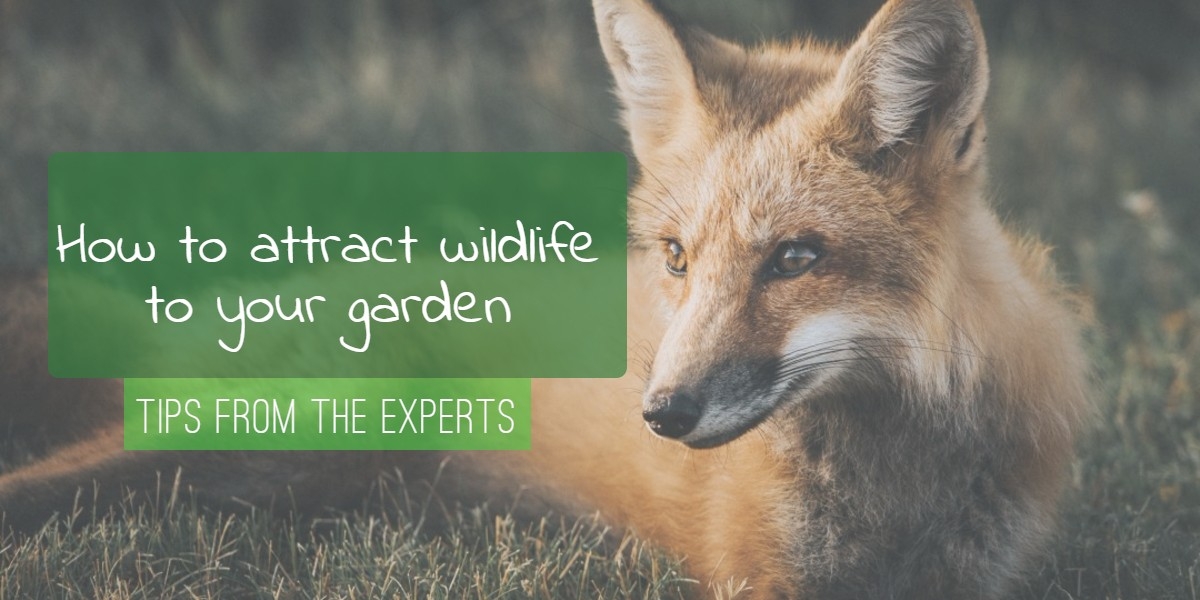
How to Attract Wildlife to Your Garden: Tips from the Experts
Building your own wildlife garden is a fantastic way to bring a touch of the natural countryside to your backyard. Choose the right plants and features, and you can create beautiful and sustainable habitats for local critters like birds, foxes, hedgehogs, insects and frogs. With some of Britain’s native species in plight, it’s also an opportunity to do your own little bit towards conservation and build a safe haven for some of our most beloved wildlife
Resident wildlife can also help your garden to thrive. Encourage bees to visit and they’ll pollinate your flowers and plants, whilst birds and ladybugs will make short work of common garden pests like aphids. And if slugs are causing you grief, hedgehogs and frogs can keep the population under control. Plus, wildlife gardens are a great educational environment for kids, and a lovely place for anyone to enjoy a sunny afternoon.
Here at Mainland Aggregates, we stock a wide range of supplies to help you spruce up your garden, such as decorative pebbles and cobbles and rockery stones, and mulch and bark to keep your soil moist and nutritious. So we decided to reach out to some top gardening and wildlife experts, to find out the best ways to use these materials to transform your garden into a wildlife paradise. We asked them the following question:
“What’s the best way to attract wildlife to a garden?"
Here’s what they had to say...
Adrian Thomas
RSPB

Here are seven things that can be done in any garden that will help give nature a home. Why not tick off in your mind those you have done, and pledge to do those you haven't?!
1. The more plants the better - trees, bushes, flowers, grass, climbers
2. Just add water, preferably a pond.
3. Allow a bit of rot - logs, sticks, compost and leaves.
4. Provide extra homes - bird boxes, hedgehog homes, toad abodes.
5. Feed the birds
6. Cut back on the chemicals that kill things.
7. Don't damage the planet while you're doing it, so use peat-free compost, FSC timber etc.
But, above all, our top tip is give it a go - you will make a difference, and we think you'll have a great time doing it.
Sian Atkinson
The Woodland Trust

1. Go organic
Look for natural ways to control pests rather than using chemical pesticides which may kill beneficial insects. Toads and hedgehogs will help keep slugs in check so provide them with habitat and hibernation spaces. Hoverflies, lacewings and ladybirds will all eat insect pests, and will be attracted to your garden by flowers such as calendula, marigold, poached egg plant, and members of the daisy family.
Make your own compost so you don’t need chemical fertilisers.
2. Go native
Most gardens are dominated by non-native trees, shrubs and flowers, yet there are hundreds of species native to the UK that have evolved alongside our native wildlife, so make space for at least some of them. Remember it is illegal to dig up wild plants and move them to your garden, so make sure you buy plants, bulbs, or seeds from reputable sources.
The Wildlife Trusts
The Wildlife Trusts
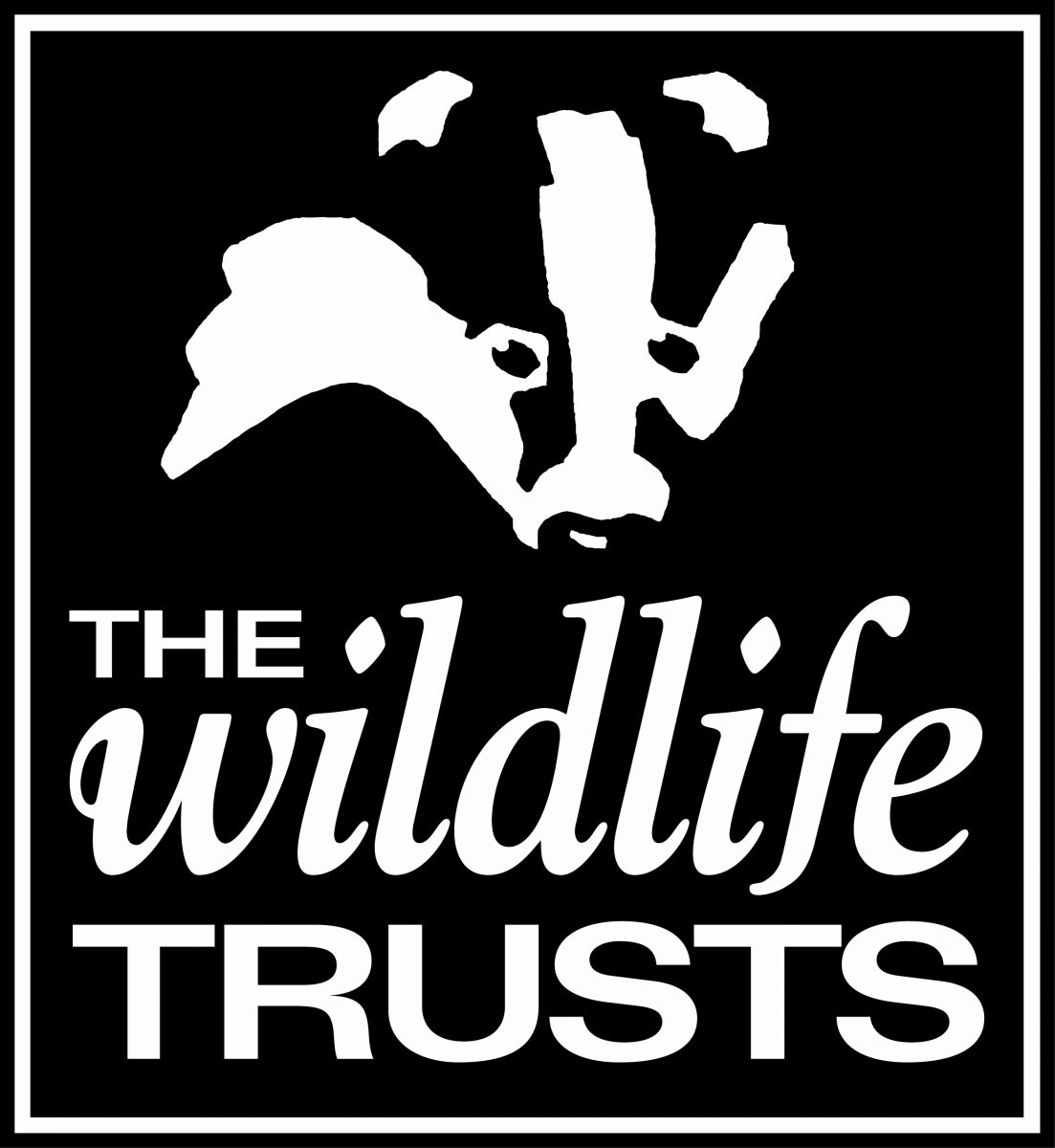
Together, our gardens are a vast living landscape. With an estimated 16 million gardens in the UK, the way they are cared for can make a big difference to the natural world. Attracting pollinators and small insects is a great starting point as this will bring in bigger species from hedgehogs to birds. Begin with a pile of logs in a shady corner. Frogs, toads, shrews, hedgehogs, ground beetles, centipedes and rove beetles will all use a log pile for a home. Site the log pile in an area that is shady for most of the day with cover nearby. Try to use a mixture of different types of woods, 15-25 cm in diameter and preferably with the bark still on. You could even site a hedgehog box under it. If you wish to make a hedgehog home see our factsheet.
Anthony McCluskey
Bumbleebee Conservation Trust
One of the best ways to attract more wildlife to the garden is the give the lawn mower a rest – for part of the garden at least! If you can spare a small area where you allow the grass to grow a bit longer, you may find wildflowers popping up which otherwise wouldn’t have had a chance. Bumblebees can also nest in thick grass, while hedgehogs and birds will appreciate the cover. When you’re shopping for garden plants, let the bees do the work for you – look at what flowers they’re visiting in the garden centre and choose those!
Paul Hetherington
Buglife

Variety is the spice of life! The more habitats you have in your garden, the greater diversity of invertebrates you will attract. There are so many types of invertebrate with such varied needs and most do well in small spaces, so every little bit of habitat helps. Flowers, habitat piles (logs, rocks, leaves etc), ponds and boggy areas, flowering shrubs, trees, climbers, compost heaps and undisturbed wild areas are all great features to include in a bug-friendly garden. Even if you only have a tiny space, you can do great things for bugs, such as installing a window box or planters with herbs and flowers, putting up wall-mounted bug houses or even making a container pond.
Fay Vass
The British Hedgehog Preservation Society

My top tip would be to make sure hedgehogs can access your garden by creating CD case sized gaps in boundary walls and fences. You can even mark the hedgehog highway you’ve created at www.bighedgehogmap.org!.
Laura Bower & Steve Oram
People's Trust for Endangered Species


Leave a stump or build a log pile: Dead and decaying wood can provide food and shelter for many different species including beetles, frogs and toads, fungi and small mammals. You can either leave dead trees or shrubs in place to decay naturally or build a log pile from unwanted wood from your own garden or friends and neighbours. Buried wood in particular is an essential food source for stag beetles. You can add leaves and twigs to your log pile to make it attractive to hedgehogs looking for somewhere safe to hibernate.
Plant a fruit tree: It will provide a habitat for hundreds of different species throughout the year. From the mycorrhizal fungi in the roots to lichens at the top of the tree, the fruit, the bark, and the leaves, every part is food or home to something. And you could even get some fruit to eat for yourself. If you can, choose a tree growing on full-sized standard rootstock. This will last for around 80+ years and develop an important standing deadwood habitat within the ageing trunk.
Angela Slater
Hayes Garden World

One of the best things you can do in your garden to attract a wide range of wildlife is to not be so tidy. Leaving some small areas unkempt will encourage a wide range of insects which in turn will provide food for a range of birds and small mammals. Leave a small pile of twigs covered with a thick layer of leaf mould; this will provide a safe refuge and somewhere to hibernate over winter. A pile of logs will also decay down and provide food for insect larvae. If you have some evergreen shrubs with branches which come low to the ground you can place the twigs and logs underneath where they won’t be seen and why not also pop in a little hedgehog house. You can buy them ready made or make one yourself out of a sturdy cardboard box covered with a piece of plastic and a pile of leaves. Maintaining a good humus-rich soil by mulching with leaf mould or good quality compost will also provide a great environment for worms which are loved by hedgehogs. An added benefit of attracting insects to your garden is that they will take care of the pest species, saving you the expense of buying insecticide.
Leave some weeds to provide food for butterfly larvae, especially appreciated are nettles and blackberries. Don’t pull out annuals or cut down grasses and seed bearing perennials in winter; not only do the seed heads provide food for birds but they also protect the crown of the plant from frost. Consider growing some annuals especially for winter bird seed; sunflowers and teasels provide a rich source of food and are really easy to grow. Herbs not only look attractive planted in amongst herbaceous perennials and taste wonderful but also provide nectar and winter seeds. Try tall eye-catching fennel or angelica at the back of the border, thyme along the edge and some lavender in a container to make a simple elegant focal point.
Mark Ridsdill Smith
Vertical Veg
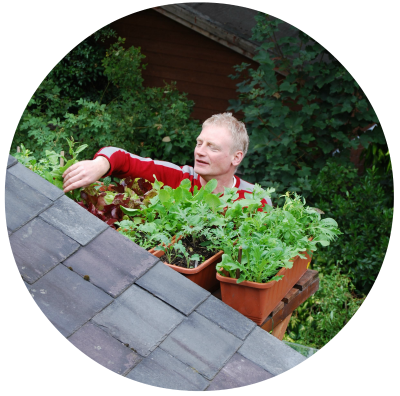
Grow herbs and let them flower. Coriander flowers are a magnet for beneficial insects, borage flowers produce an almost constant nectar supply for bees in summer, and chive flowers are bee magnets in the spring. Sage, mint, basil, rosemary and myrtle flowers are also all loved by bees. As well as attracting wildlife, you'll get lots of delicious herbs to eat, too.
Craig Jones
Craig Jones Wildlife Photography

Nature has been around longer than us, it knows where to find its natural food source. When we intervene by placing food out we have to do with caution and not place out anything that may harm the bird’s health. Also birds feeding around feeders are a lot more susceptible to predators like hawks and even cats. While some birds become so dependent on feeders that they forget how to hunt and forage for their own food.
Placing naturally foods out and fresh clean water during winter months can and will help to offset the demands of finding food in colder climates. But all year round feeding is something I'm not for and many experts in the field say you shouldn’t do this during the breeding seasons. Those that do it need to be very mindful of the impact they are having on those birds and their young that fledge I believe and put the welfare of the birds before your own personal or business interests.
Keeping the feeders clean is also very important. Parasites and diseases spread more easily when birds concentrate around a feeder. The most common disease is salmonellosis and can be passed among the flocks of birds all feeding together.
Many people like to look out the window at the birds feeding. But when feeders are positioned to close to window, birds can get disoriented and fly into the glass, which usually kills them. The solution is to position the feeders a safe distance away from the glass.
It’s something that brings nature closer to us which is a wonderful thing but we must look and understand what it is we are doing and do our best to minimise any of these issues to the birds. In the long run feeding all year round can weaken the birds and change their natural behaviour.
Rosie Nixon
Leaves n Bloom
Grow plants with single flowers and don't grow fancy F1 hybrids.
Don't worry too much about being very tidy. Leaves make great hiding places for the wildlife.
Let your seed heads stay on your plants over the winter and don't be too hasty in cutting them down in the spring. The stems make great places for hibernating insects while the Goldfinches will love to feed from the seed heads.
Kaloyan Dimitrov
Fantastic Gardeners

1) Grow a meadowland:
Some extra space in the garden can do wonders for you! Let a grassy area grow a little bit longer and sow some wild flowers. The next thing is you have a low maintenance and pretty meadowland, that's also a cosy home for many a pollinators, such as butterflies or bees.
2) Dead but never forgotten:
We all know rock gardens can be quite helpful for wildlife gardens, however, a pile of dead wood would work naturally in the same principle. Leave some of it in a shady part of your garden - it will soon turn into a habitat for different fungi and invertebrate species, which can help you fight off some maleficent insects.
3) Grow edible shrubs:
That's an easy one - the more raspberries and blueberries you have in your garden, the higher the chance for bees and butterflies to come snack on them.
Kate MacRae
Wildlife Kate

My top tip has to be to get water in your garden! Obviously a lovely garden pond would be the ideal, with sloping sides, varying depths and lots of vegetation. Not everyone has the space or the time to build a pond, but that does not mean you can have attractive water features in your garden to attract wildlife.
One of my favourite projects is to make a wildlife watering hole from recycled tyres! Just take one or two tyres of your chosen size (a local tyre fitter will give you them free!) and choose a location for your feature. Level the ground and lay one or two tyres onto the ground. Fill the inside of the tyres with soil until you have the desired depth. Lay a piece of waterproof material over the top. Build up the soil around your tyres until they are covered. Add rock, logs and plants to completely cover the tyres. Fill the pool with water and wait for the wildlife to appear!
I have a single pool built this way and a triple pool feature. They can easily be cleaned out and , being so small, offer little or no risk for young children. They attract a multitude of birds and mammals who will drink and bathe there. They cost me virtually nothing, look great and the wildlife love them!
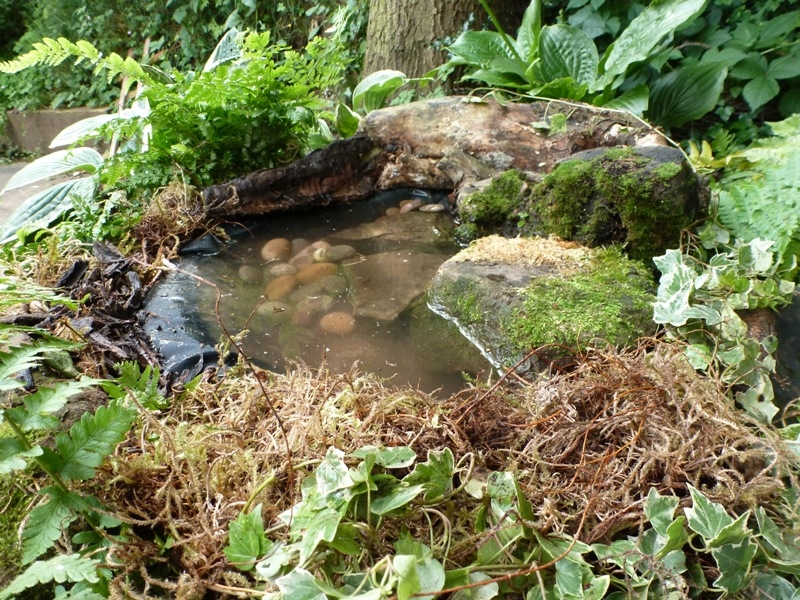
Ben Andrew
Ben Andrew Wildlife Photography
My top tip for attracting wildlife to a British garden is all about how you landscape the garden. You need to create a mini nature reserve with plenty of opportunities for wildlife to find food, water and shelter.
Creating a pond can lure in birds and mammals to drink as well as providing a home for frogs, toads and newts to spawn.
A rough area of long grass can be a home for a range of insects and a log pile can be the ideal spot for lizards, snakes and some mammals to take shelter in or under - even to the point where they decide to hibernate in your garden. If you can meet these key requirements of wildlife and be patient then you will be rewarded."
Charles Fleming
Wildlife in a Suburban Garden
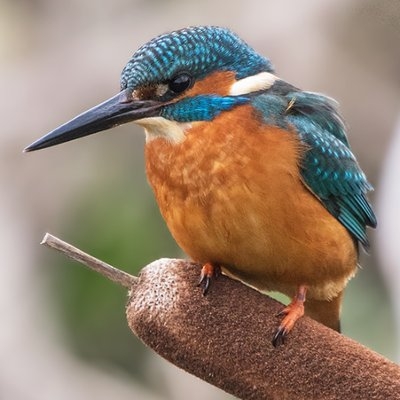
1. Never under any circumstance use insecticide or pesticide in your garden, that includes slug pellets and weed Killer. Let nature take its course, insecticides are indiscriminate and kill helpful insects like bees and hoverflies. Try to persuade your neighbours to do likewise.
2. Always try and leave an area of uncultivated garden, no matter how small.
3. Leave shrubs uncut on the edge of the garden to provide cover and nest sites for birds.
4. Don’t pave large areas or use plastic grass.
5. Try to create a small wildlife pond - without fish- fish eat tadpoles, insects and invertebrates. This will be a home for frogs, newts and dragonflies and a bird drinking bathing area. Let it go wild, it’s not ornamental.
6. Try and create a compost heap, this is a good home for slow worms.
7. Don’t be in too much of a hurry to pull down an old shed or garden building, this can provide a roost for pipistrelle bats. They like to tuck themselves under roofing felt and behind loose wood that has been left undisturbed.
8. Finally and perhaps the most important, never under any circumstance tolerate a cat, either one you own or neighborhood cats.
Sarah
Solaria Hues
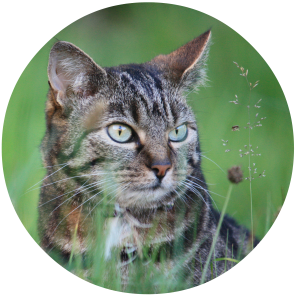
I could talk about gardening for wildlife for hours so narrowing my focus down to a top tip is difficult. Wildlife, like us, has some basic needs; food, water, and shelter. If you have those you'll have wildlife! Perhaps start near the bottom of the food chain and the rest will come; plant lots, especially nectar rich flowers and shrubs, and have some decaying plants (log piles, compost). This will provide food and shelter for insects, and they in turn will attract wildlife that feeds on insects and so on.
Stacey Weichert
Gardening Know How
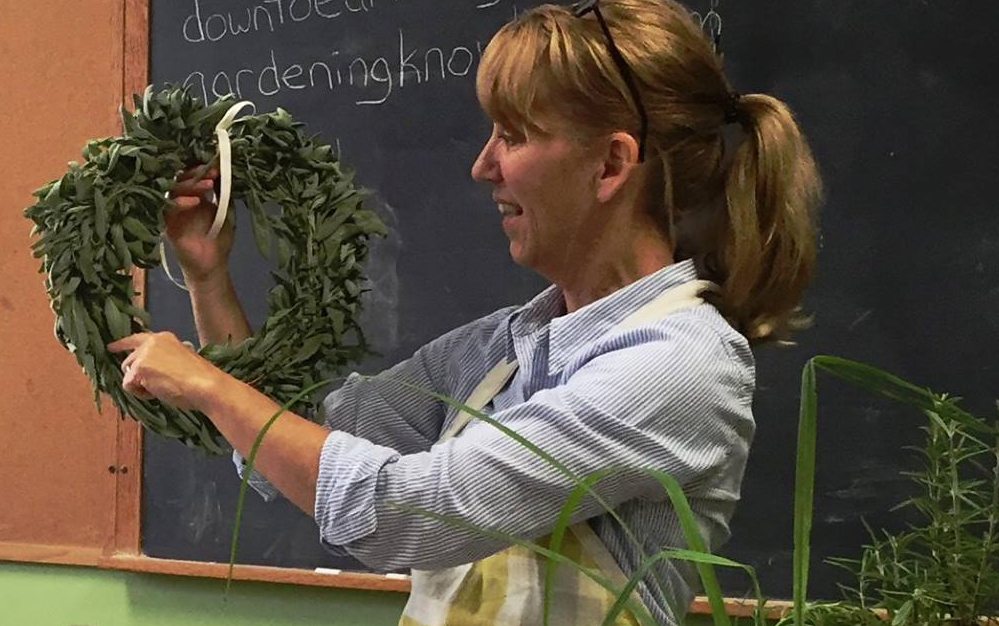
The desire to attract wildlife to the garden is common and can be easily done, even in a small garden.
A garden pond is a wonderful way to attract wildlife to your garden. Frogs and toads will enjoy a home to complete their lifecycle. Dragonflies breed in water and lay their eggs in underwater plants. A pond also provides birds a place to drink and enjoy a bath – always a wonderful sight in the garden.
Make sure the pond has sun and shade areas and that water plants cover about a third of the surface of the water. You can soften edges of the pond with rocks and native wildflowers that are rich in pollen and nectar.
Have a sitting area near your pond, so you can sit back and enjoy the wildlife visiting your garden. .






